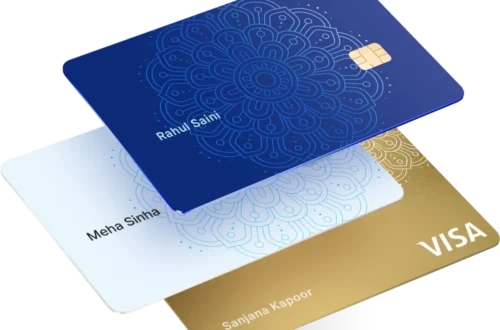Businesses around the world are constantly looking for the optimal way to refine their practices, grow their operations, and strive for innovative breakthroughs. It’s a desire to do better and grow as a result, but many businesses fall by the wayside as a result of being over ambitious, not ambitious enough, or even going about a strong plan the wrong way.
Over the years, McKinsey’s 3 Horizons model has offered an important framework for businesses to embrace and even tweak a little bit. It’s straightforward, offers a path to potential growth, and helps to keep figures in check. A more recent framework to enter the conversation is the World Economic Forum’s 3C Framework. Specifically addressing the modern space of technology and innovation, it can play off of the 3 Horizons rather well.
McKinsey’s 3 Horizons in Action
McKinsey’s 3 Horizons framework offers a segmented approach to resource allocation now, and in a way that allows a business to reach future goals continuously. It lays out the percentage of available resources needed to run the core businesses, what’s needed to be funnelled to emerging works that could result in a breakthrough, and what’s needed to fund goals down the line.
More specifically, Horizon One is all about the core business, the brand name and what it’s known for, and what’s the primary generator of profits and cash flow. For 1H, most suggest allocating 70 per cent of your resources. Next, Horizon Two concerns investing in new and emerging ventures that show promise of generating profits down the line. Finally, Horizon Three is about exploring ideas, researching opportunities, and finding pilots that could lead to growth.
Those last two Horizons tend to be given a 20-10 split of the final slice of resources. Leveraging this approach allows for a business to maintain concentration on the core of the business while funnelling important resources into growth and innovation opportunities. When depicted, it lets a business know where to focus in the short term, medium term, and long term. On the latter, WEF’s 3C Framework could then come into play.
World Economic Forum’s 3C Framework for Future Innovations
Source: Unsplash
Businesses often have the line of thinking that innovation is the same as invention: that you have create a whole new product to the market to truly make a mark. Really, innovation has long been an effort of combination. Examples of this are everywhere, from modern tech to classic products.
You have the smartphone’s mobile-jukebox-touchscreen combo, the self-explanatory clock radio, and even the hit online game of Slingo Rainbow Riches. Here, there’s a double combo. First, you have the combination of slots and bingo for the slingo gameplay, and then the infusion of the Rainbow Riches theme and features.
This is a trend – or rather, a state of play – that’s long been recognised by the World Economic Forum. To help businesses both prepare for the future and look to reach future innovations themselves, they released their framework that directly explores how tech innovations will be taking place in the future.
The World Economic Forum 3C Framework explores value creation and new market openings through the three stages of technology convergence. It begins with combining technologies, followed by converging value chains, and then compounding to see the benefits converge. Through this outlook, a business working through McKinsey’s 3 Horizons could seek to apply its ten per cent for Horizon Three to this tech innovation process.
Businesses struggling for direction should look to the McKinsey and WEF frameworks to, at the very least, get a baseline for how to allocate resources and how to explore potential areas of innovation.





